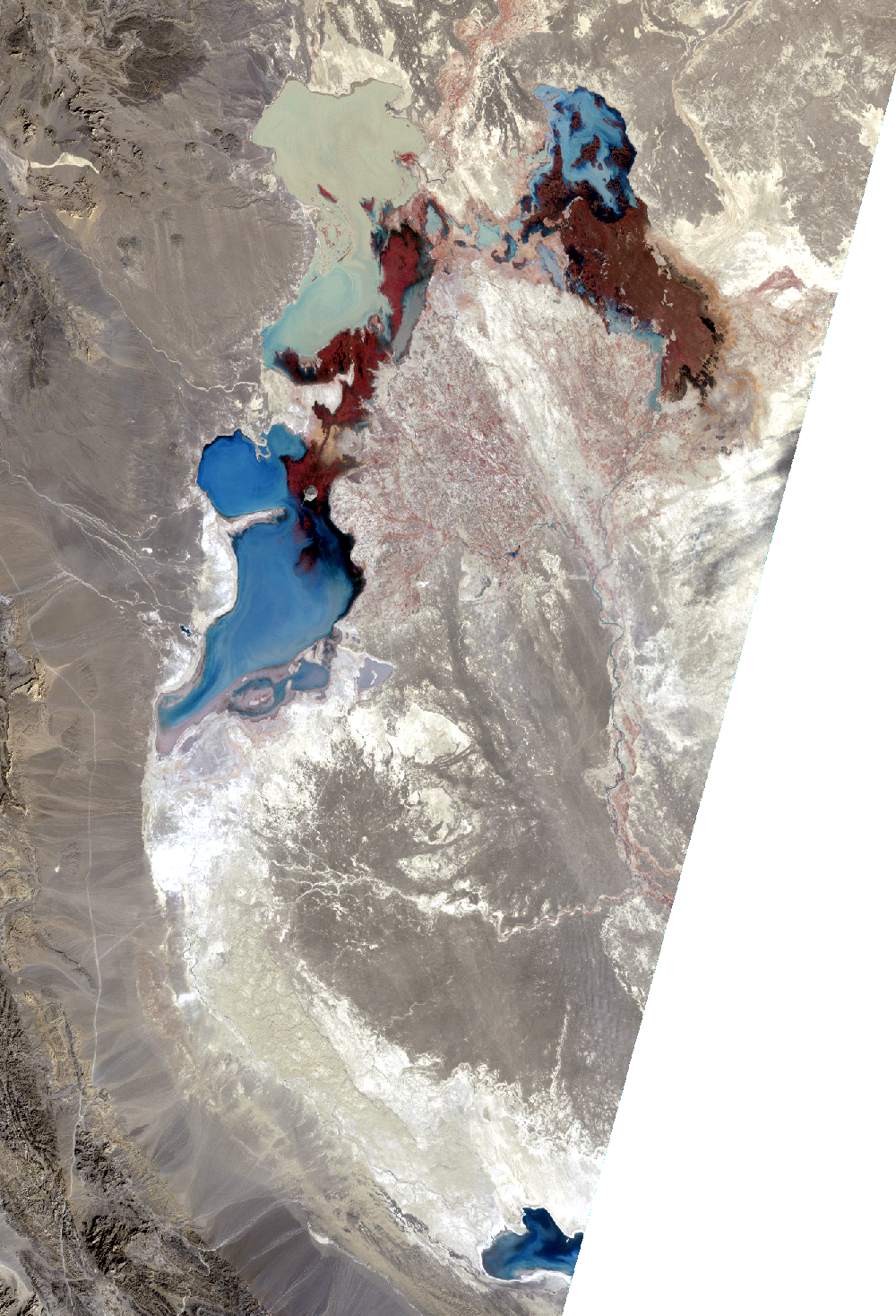Landsat 2
After launch in 1975, Landsat 2 began to collect remote sensing data. Outliving its one-year design, Landsat 2 achieved seven years of operation. With two Landsats in orbit, scientists gleaned additional views of the planet.
With this uninterrupted data, the record of the Earth's land surface could always be recorded, allowing for reliable imaging for scientists, policy makers, and land managers.
First Light Image
Landsat 2’s first light image captured Drayton Valley in Alberta, Canada on January 24, 1975. Located along Canadian Highway 22, also known as Cowboy Trail, the town’s original economy thrived on faming and logging. The discovery of the Pembina oil field in 1953 contributed to explosive growth in the sparsely populated area, with an increase from 75 individuals to 2,000.
The boxed pattern seen here comes from the infrastructure for the oil and gas industry. Roads and utility corridors interconnect allowing access to well sites.

LACIE
The Large Area Crop Inventory Experiment (LACIE) was run by an interagency team of federal partners comprising USDA, NASA, and National Oceanic & Atmospheric Administration (NOAA). LACIE’s primary objective was global crop monitoring, in particular wheat production. Using Landsat data, scientists could predict annual yields and year-to-year variability.
The LACIE program ended in 1979, just as another agricultural endeavor began. Project Agriculture and Resources Inventory Surveys Through Aerospace Remote Sensing (AgRISTARS) was a natural successor. Federal participants included USDA, NASA, United States Department of Commerce, United States Department of Interior, and United States Agency for International Development. AgRISTARS’ focus was beyond wheat, incorporating other crops like corn and soybeans. Within the USDA, the Foreign Agricultural Service used the data to improve global crop commodity forecasts. Both LACIE and AgRISTARS paved the way for modern digital satellite image processing.
Landsat Sees Substantial Growth in Beijing
Beijing has grown and changed remarkably since 1979, in its own distinct patterns. U.S. cities, for example, are often shaped like a circus tent, with a sharp peak of skyscrapers in the center, sloping off to mid-rise buildings and then low suburbs of single-family houses.
Beijing, by contrast, is bowl-shaped, with low historic buildings in its center, surrounded by many commercial skyscrapers and residential towers. Height restrictions have limited many buildings to 3 stories within 250 meter of the Forbidden City, 10 stories within the Second Ring Road, and unlimited stories beyond.
Beijing traditionally consisted of the square, walled Inner City and the rectangular, walled Outer City to its south. The walls no longer stand, but in their place the Second Ring Road now outlines the Inner City, and canals outline the Outer City. These and the outer Third Ring and Fourth Ring Roads are partly visible in the Landsat images.
The Capital Airport is the large runway complex northeast of the city. A new runway opened in 2007, and that expansion is evident in images from 2000 and 2021. In 2000, the Capital Airport handled 21.7 million passengers. In 2011, it handled over 77 million. In only 10 years, it moved from the 42nd busiest airport in the world to the second busiest.
People's daily activities now take place in separate parts of the city, resulting in increased traffic and congestion. An extensive subway line now operates in Beijing. By 2010, the subway network had 14 lines, 198 stations, and 336 kilometers of track.
The Chinese government has provided a bicycle renting system in Beijing to try to relieve traffic congestion. But car use has risen dramatically in the last decade, and city planners are planning around the automobile and building expressways.
Bellingshausen Sea, West Antarctica
Along the coast of West Antarctica’s Bellingshausen Sea, ice frequently retreats inland or is lost to the sea. Scientists have known this for years but lacked a full picture of the scale. Now a team of researchers has compiled a Landsat-based dataset and found that such losses have been going on for at least four decades along the vast majority of the coast.
The images above show an area near Eltanin Bay, where the majority of the grounding line is found at the ice’s seaward front. The top image was acquired by Landsat 2’s Multispectral Scanner on February 18, 1975; the second image was acquired by Landsat 8’s Operational Land Imager on March 2, 2015. Turn on the image comparison tool to see the scale of retreat. The loss is most pronounced along the Ferrigno Ice Stream, named for Jane Ferrigno, a U.S. Geological Survey scientist who used satellite data (including Landsat) to map Antarctica.
Using Landsat-based data, scientists have provided important context for understanding the causes of ice retreat throughout Antarctica. Changes have occurred for decades in the area, but the challenge is to find which key factors are responsible for ice loss and not simply correlated.
Explore the world through Landsat Two's sensors with the map below.
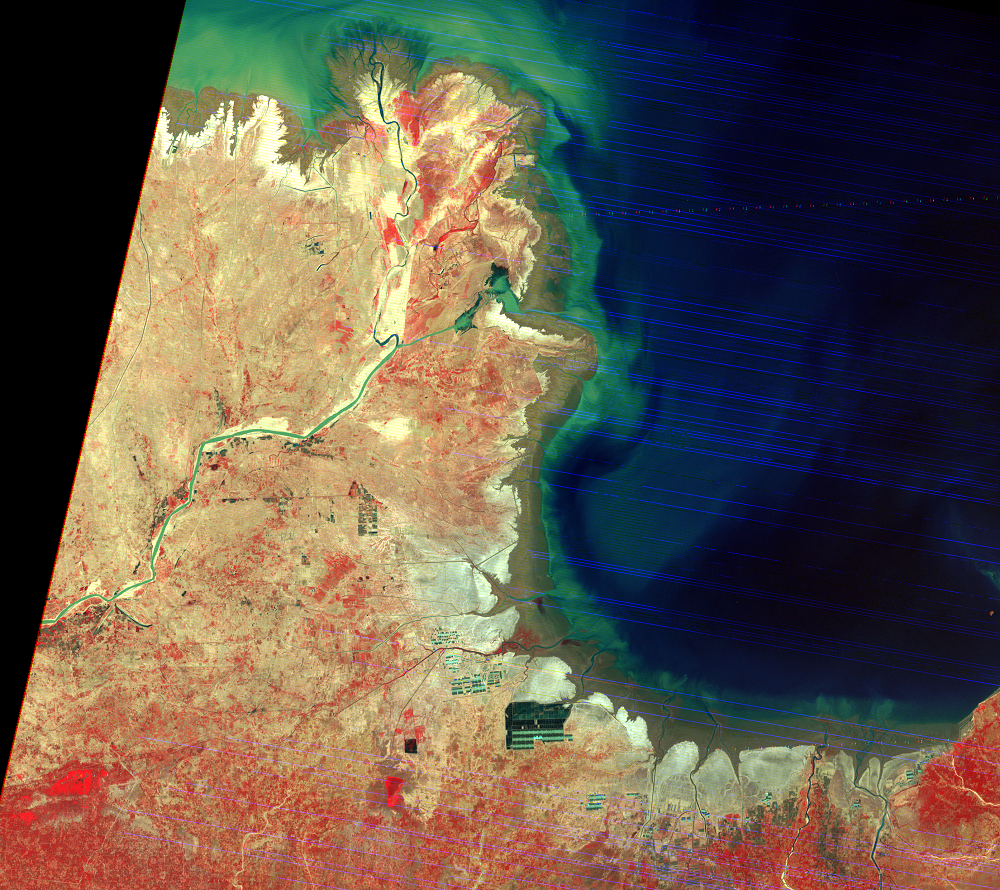
Huang He Delta, 1976
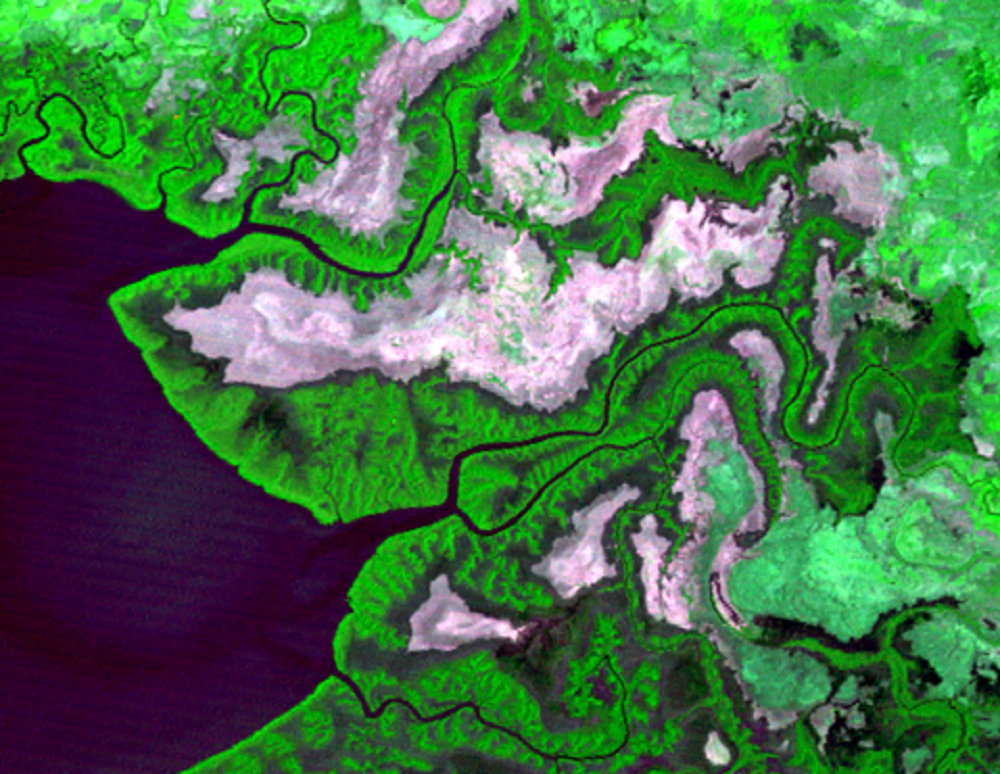
Honduran Shrimp Farms, 1976
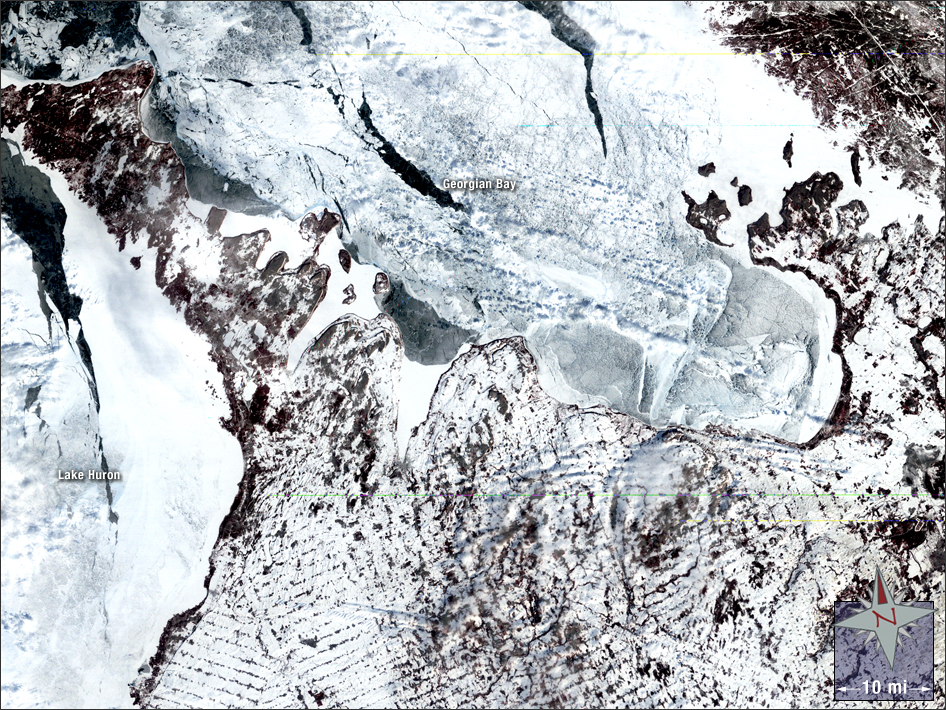
Five Day Freeze, 1977
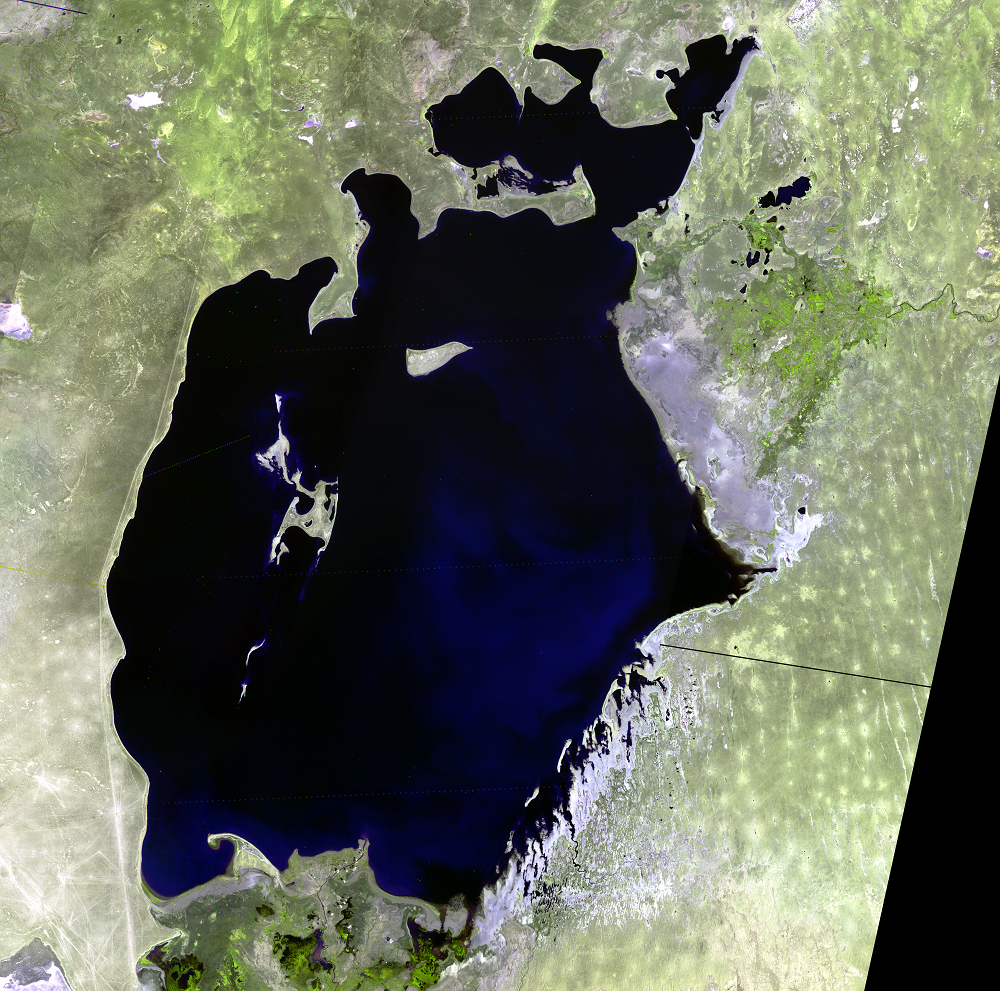
Aral Sea, 1977

Pune, 1976
